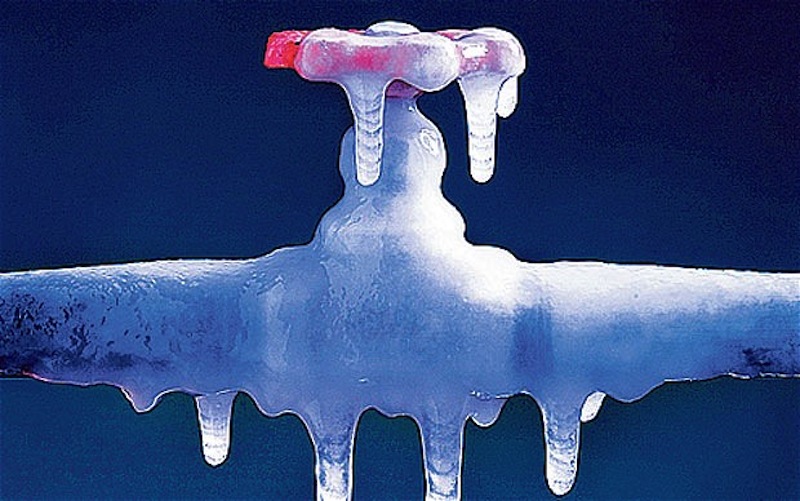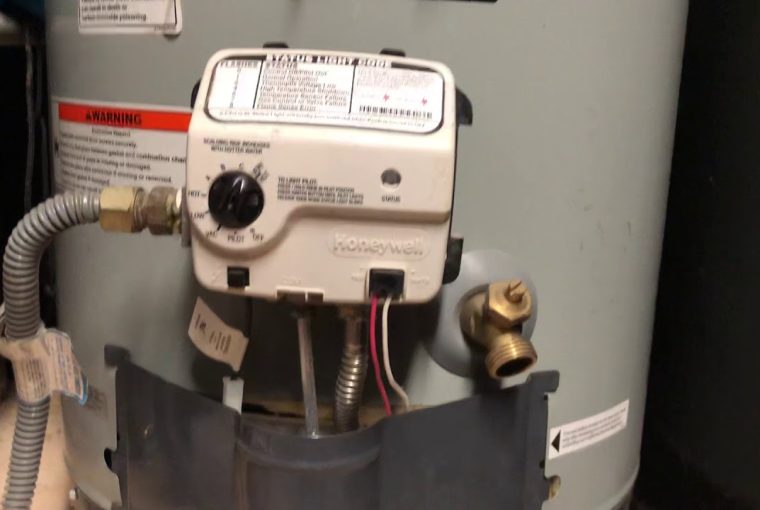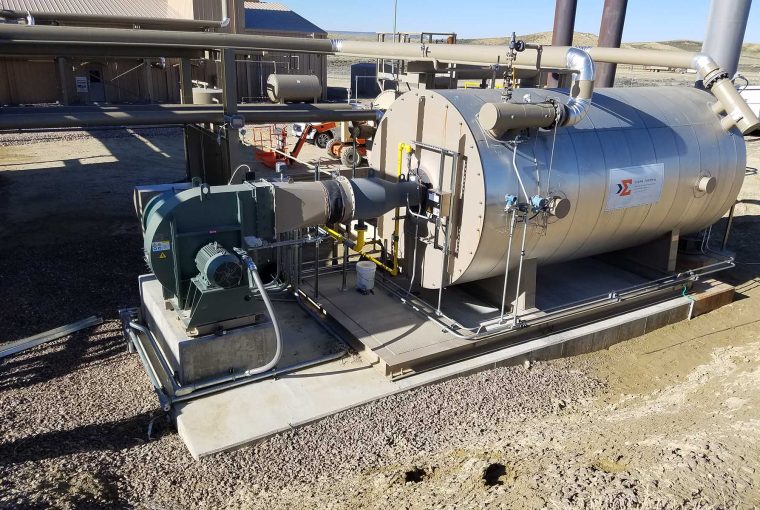Tankless water heaters give a never-ending supply of hot water for you in winter. Though, particular considerations apply to inductions in mild to cold climates. In cold weather, the water heaters themselves require no protection from freezing as long as the gas and electricity are working. However, if there is a shortage of power, you might encounter your tankless water heater frozen.
When the atmosphere starts getting cold and the temperatures begin to fall, your hot water heater is inclined to freeze and endure other weather-related problems. No matter if you require to winterize your water heating system as you close off a summer cabin, or if you reside in a place with cold winters. Your tankless heating system is going to need a little extra attention.
In this article, we will tell you the things you need to know to thaw your tankless water heater in winter. Also, this article will tell you how to keep your tankless heater from freezing in cold weather. Regardless, it’s crucial to understand that recommendations may differ between manufacturers like Rinnai and Raheem. You must always check your owner’s guide for details about your particular water heater.
How to Unthaw a Tankless Water Heater
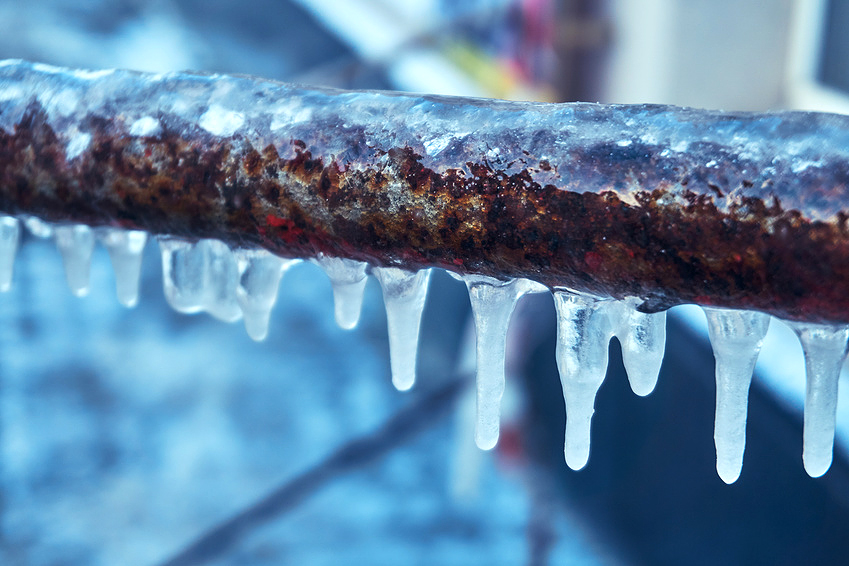
- First, you need to check if just the pipes that lead in and out of the unit are frozen or the water heater itself. It will often be a possibility. You can check this by just touching your tankless water heater to locate the point where it’s extremely cold. You can use a space heater or other heating element to apply heat indirectly to the frozen area till it thaws.
- Moreover, look for broken or burst pipes. The prime reason for burst pipes is the expansion of water when the hot water heater is frozen. Suppose there’s not sufficient space in the heater to adjust that expansion. The pipes might very well have broken or burst. It means that when the pipes thaw, you’ll get a watery mess on your hands. Therefore, it’s a reasonable idea to understand where your water close-off valve is before you defrost the water heater pipes.
- Turn off the gas or water supply going to the hot water heater if you’ve deduced that the whole unit has frozen over (if thawing frozen pipes did not make the heater work). Detach the system and take it into an open area like a garage or other out-of-the-way area. In this way, if it bursts as it melts, you will not face a mess inside your house.
- Make the space warm to melt the water in the frozen water heater. You can turn on a room heater to do the trick.
- Trickle your hot water heater as the frost begins melting. To do this, just close the supply of water to the heater off. Then, open the small draining valve present near the bottom of the tank.
How to Prevent Tankless Water Heater From Freezing
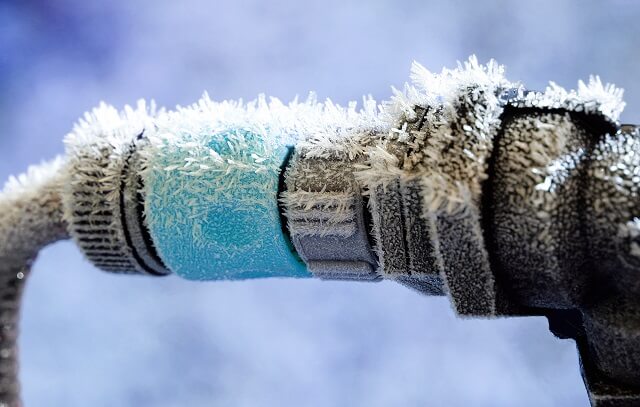
You can try the following prevention tips on how to keep a tankless water heater from freezing to make sure your water heater goes through the winter
Install Your Heater in a Warm Location
You see, the nicest prevention is to install your tankless water heater in a heated or warm place. For example, place it on a wall that gets direct sunlight all around the year. Also, you can have a sheltered area outdoors for this purpose. Besides, assure that you combine vent endings for more wind resistance.
Drain Your Water Heater
Water will commonly only frost if it is standing still. You can largely curtail the risk of your tankless heater freezing if you run a little, continuous stream of water through the heater.
It doesn’t need to be much. For example, 0.1 to 0.2 gallons/minute will be sufficient to prevent a tankless water heater from freezing. You can achieve this by slightly opening up a tap someplace out of the way. However, it might increase your water bill. But, avoiding an expensive water heater restoration bill will surely be worth the extra cost.
Maintain A Power Source
You need to be connected to electricity to make sure the water heater freeze protection system will run. Keep in mind that it doesn’t mean the water heater requires to be on — only plugged in. For places that often have power breakdowns happen, either a drain-down solenoid or a battery backup system should be utilized.
Consider A Recirculation System
If you live in an extremely cold climate, you need to consider having a recirculation system. However, these systems are generally inducted to give a direct source of hot water at a specific location. Moreover, they continuously engage your pipes and water heater.
It will prevent your pipes and water heater from freezing, but the extra expense possibly is not worth it for many people. A recirculation system has additional benefits. For example, lessening the duration for hot water to enter the fixtures distant from the tankless water heater.
Insulation
Insulating your water heater will help avoid freezing within the unit. Take some time to insulate your pipes also. Particularly if they are located in a place exposed to low levels of safety. Crawl space-based, and Attic-based pipes incline to be extensively vulnerable. For getting the best results, you can use:
- Fiberglass insulation.
- Heat tape.
- Polyethylene coat.
Have A Backup Plan
Frost protection units require power to operate. Suppose you reside in a location prone to power breakdown. You should think about inducting a backup system to allow the juice to flow.
Take away
When the winter season begins, it is not unusual for pipes to get frozen. Though, it is a little uncommon for tankless water heaters to do so. The prime reason for this is they normally have hot water flowing in them.
However, you could probably find yourself with a frozen tankless water heater if you kept the heater off for a long duration. That too while external climates were below freezing. If you are going through a frozen water heater. Be patient and follow the tips above on how to thaw out hot water heater. Undoubtedly, it is going to take some time.
FAQS
How do I know if my tankless water heater is frozen?
If you hear weird noises coming from the pipes, get cold water instead of hot water, or get no water at all, then it means your tankless water heater might be frozen. However, as we mentioned above, you mustn’t wait for the symptoms to act up before you take care of the problem. Winterize your tankless heater on time and take precautions that allow you to use the water heater regularly without dealing with pipe freezes and thawing.
Can I pour boiling water on frozen pipes?
It is not recommended to pour hot boiling water on frozen pipes directly. Given that the temperature is below freezing point, even the hot water will again freeze up. However, you could soak towels in hot boiling water and apply them to a certain section of a pipe. The better option would be using a hair dryer or a room heater to warm the water inside the pipes. Remember to avoid the blowtorch at all costs as it could cause an explosion.
Can tankless water heater pipes unfreeze on their own?
Tankless water heater pipes might unfreeze on their own, but neither could you wait for that long as it could take days for the ice to melt nor is it safe to allow the pipes to unfreeze at their own pace. As the ice starts to thaw slightly and you open the faucet, the water rushing through the ice might cause pipe bursts due to an increased pressure build-up within the vessel. That’s why you should follow our above-mentioned instructions carefully to thaw the ice yourself or get a good plumber to do it for you.

